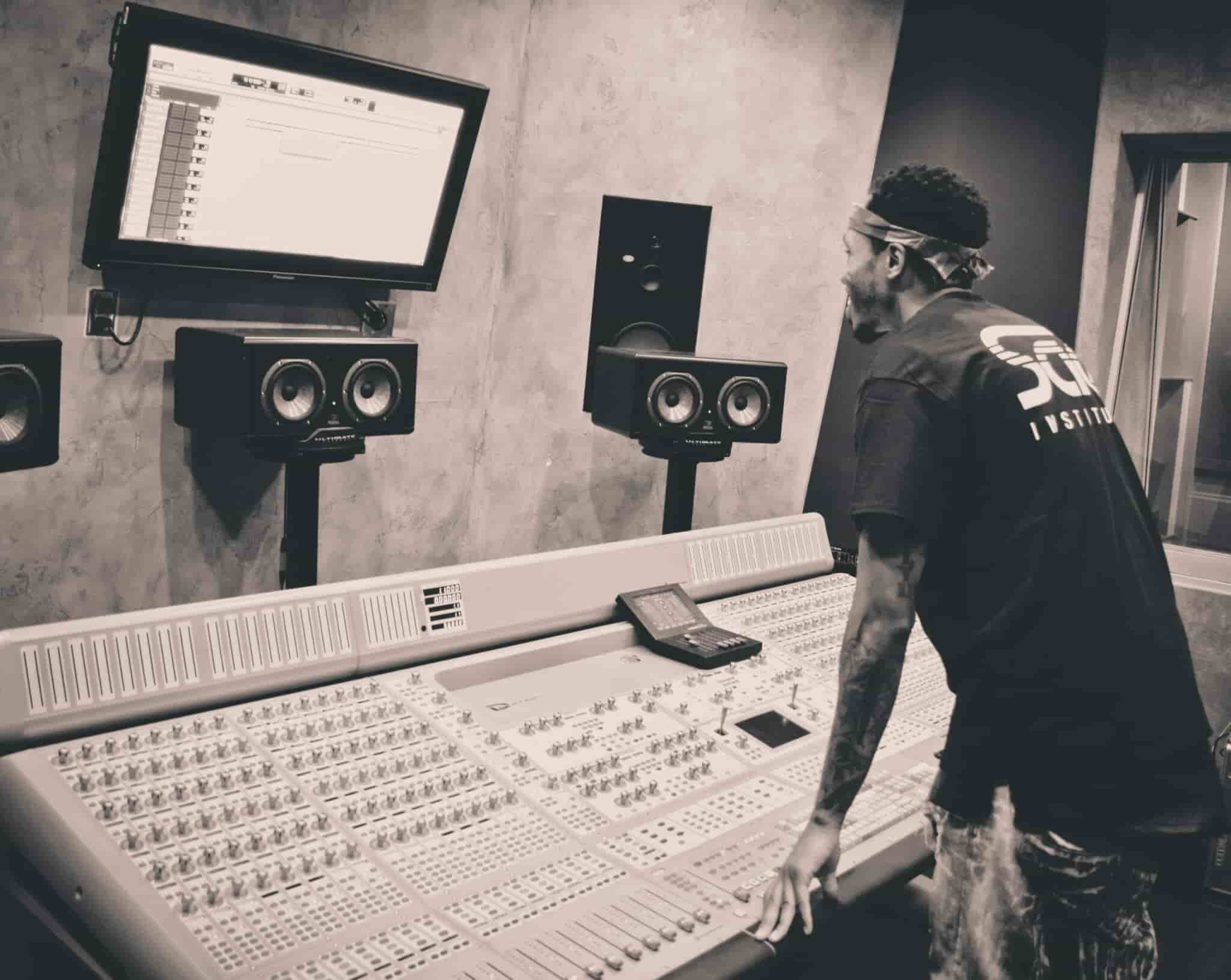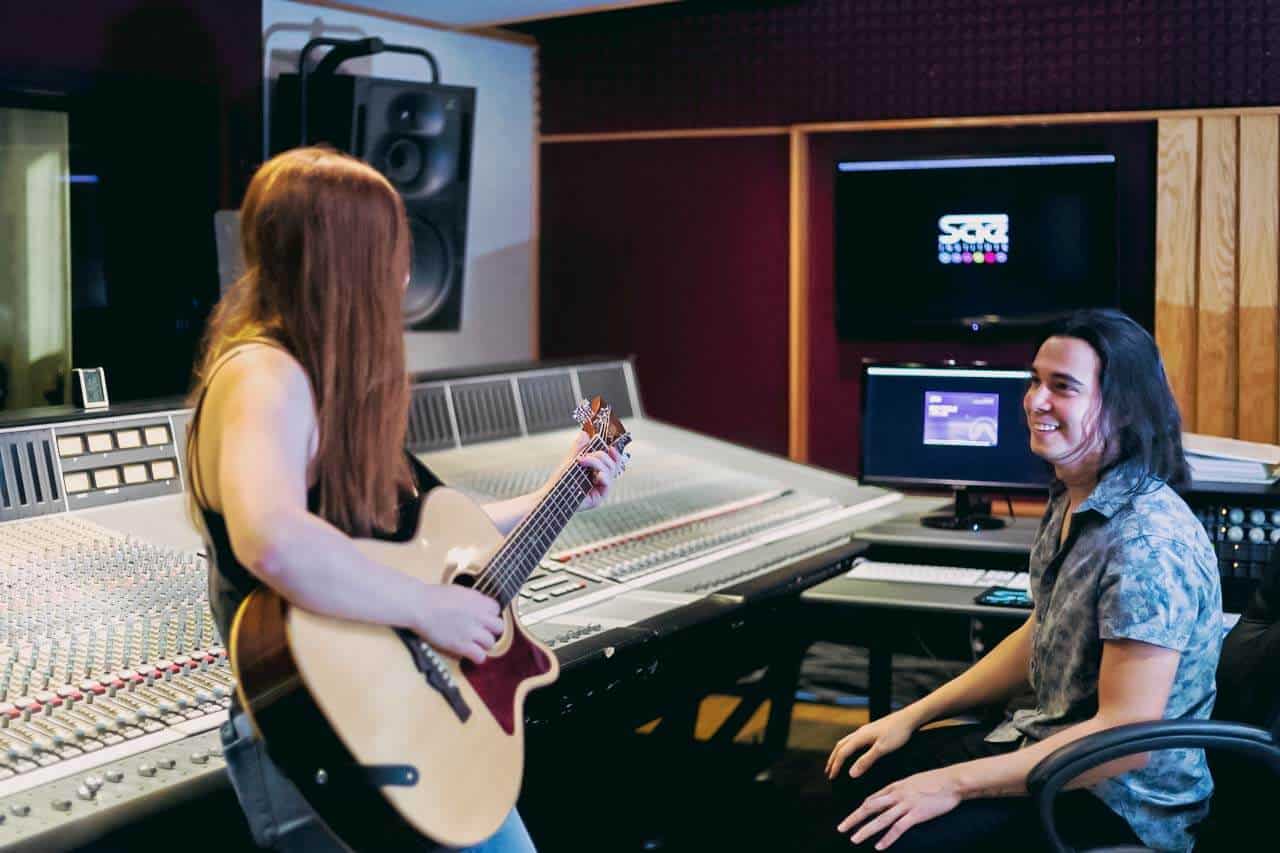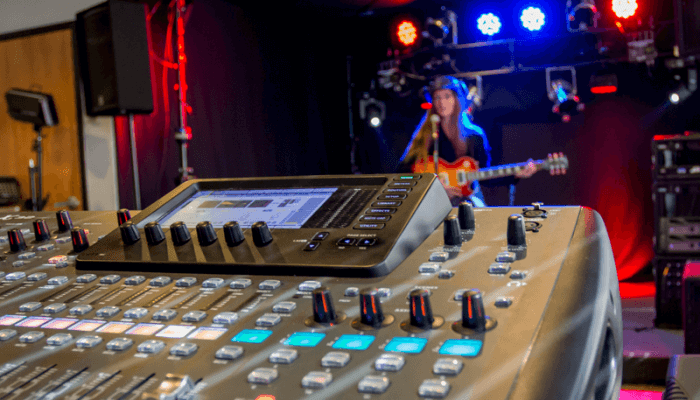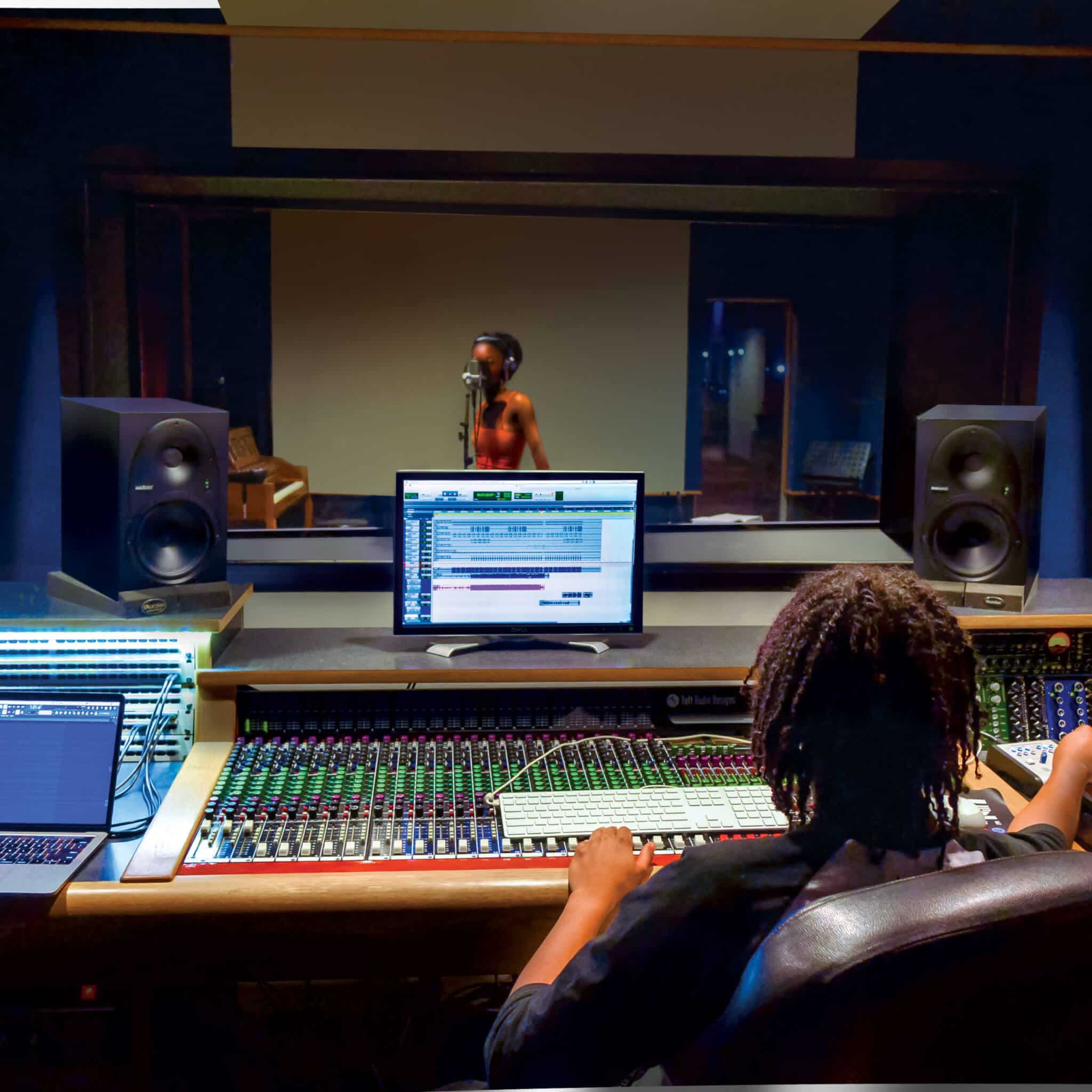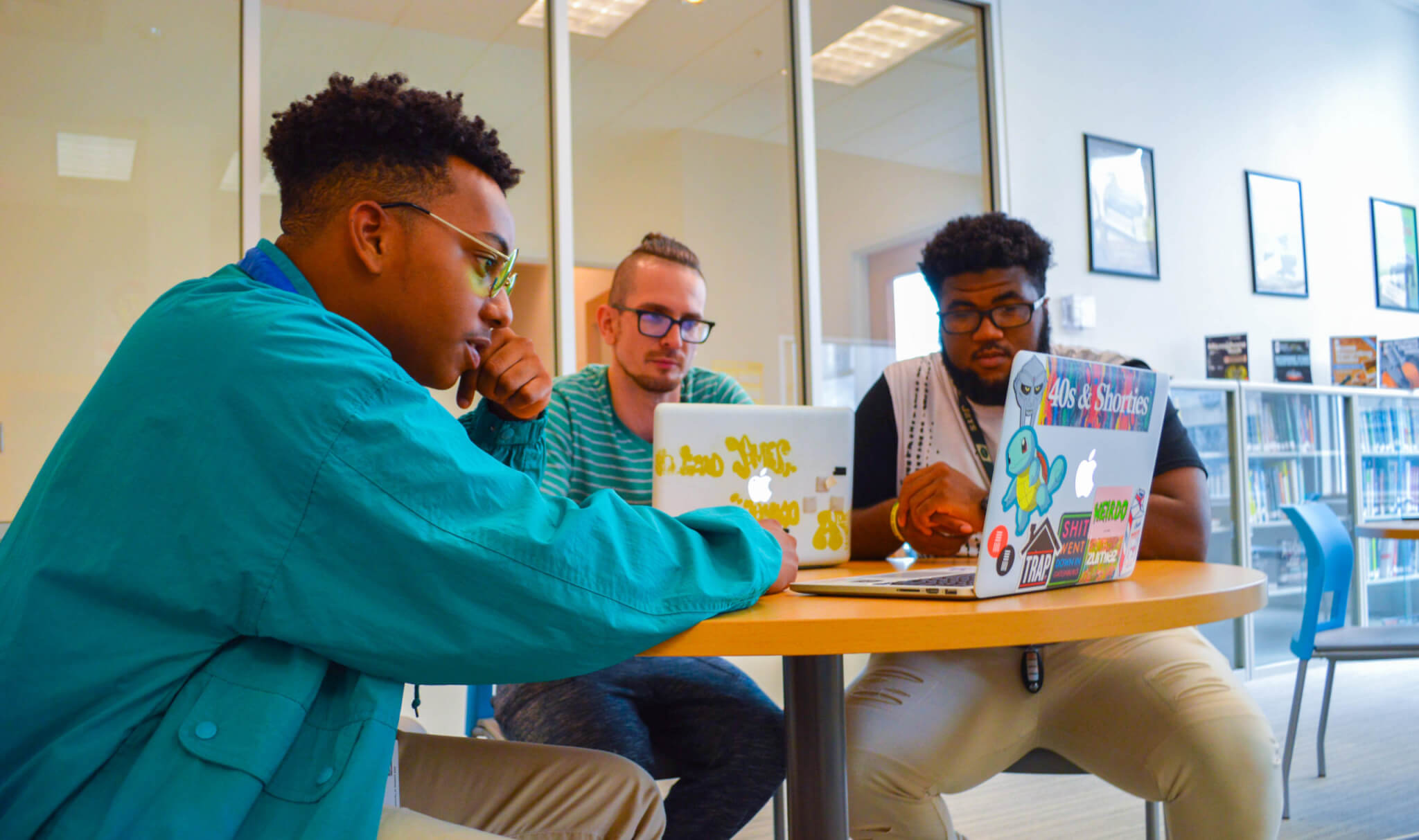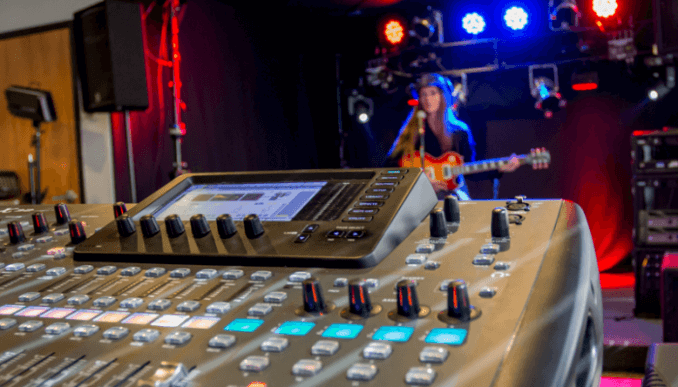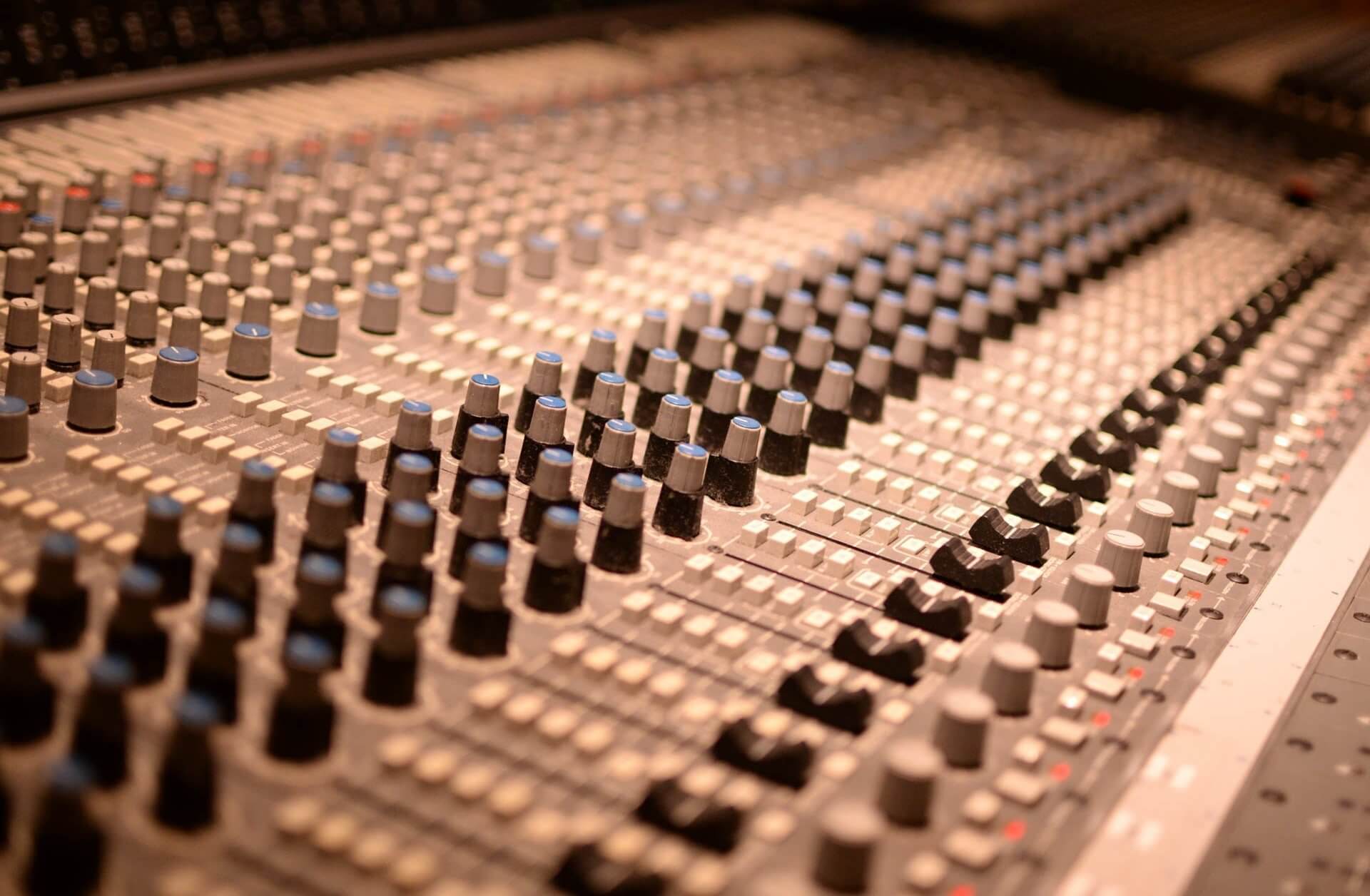
In part 1 of our new series on the future of the recording studio, Nick Hosford, musician, songwriter, and audio instructor at SAE Nashville, shares his opinion on how the pandemic shaped the development of recording studios and what the future might look like for the recording industry.
The effects of the Covid-19 pandemic will be unpredictable and ongoing long after the daily cases dwindle to safe numbers. Our world has been forever changed, and while nothing will completely revert back to its pre-Covid state, people still have the same needs personally as well as in their respective fields of work.
Technology has always been a double edged sword. Recording studios were first shuttered by technology in the 80s and 90s. The commercialization of the cassette was viewed as a threat to record sales as it empowered people to easily create their own mix tapes at home. The result was the rise of DJ and independent artists sharing more music with listeners in a more direct way. Creators began to build their own cult followings underground below the mainstream music industry, which up until that point had been tightly controlled by major labels.
Digital music and the shift from mechanical music sales
At the start of the 21st century we saw the beginning of the end to mechanical music sales. Physical music media hit its peak in 2001, and while the iTunes store was viewed partly as a destroyer of CD sales, it was also a saving grace to provide an alternative to piracy. The same innovations that brought music to our earbuds allowed many artists to craft productions at home with better fidelity than ever before. Studios again began to wave the white flag and close their doors further as the sound of digital music continued to improve while large analog studios remained the same.
Professional recording in the bedroom: the new music recording normal during Covid-19
Today, without any doubt, a top-notch, professional recording can be created in one’s home with a comparatively miniscule investment as compared to only a decade ago. Billie and Finneas Eilish proved this beyond all expectations. While studios around the country were closed by pandemic protocol, millions of music productions were being cranked out of bedrooms and directly uploaded to online platforms for listeners and fans to enjoy.
“I love this recording, but it would have been so much better if it was recorded in a 10 million dollar studio.” -NOBODY EVER
Big studio recording still adds value
However, I personally love a big studio. I believe there is nothing like pushing the faders up on a mixing console that was set in place by a crane while it generates enough heat to turn any control room into a sauna. Whether or not the effect of this process is audible as compared to the highly marketed technology of modeling that has been thrown at every music maker for nearly 20 years is irrelevant. I know that the process is different for me, which in turn creates a final product far more audibly different than the endless discussions old vs. new on gearspace.com. When the budget allows, we go to the studio. Why would this ever change?
For over four decades, we have seen artists who garner huge commercial success commonly build their own large-format home studios. The environment in which a recording is made has an effect on the performance being recorded. The recipe of putting a fantastic performer in a larger-than-life space and getting a larger-than-life recording still yields unparalleled results. Whether or not this is a commercial recording space or private, anybody with the means will be looking for the opportunity to create and perform in such a space.
October 2020 I had the opportunity to spend a day at Oceanway Nashville recording live video solo guitar performances. I had seven hours to do eight pieces of music with four outfit changes. We had a hard cut off at 5 pm because Sony pictures was coming in to set up for a socially distanced orchestral film scoring session the following day. Where else does one multi-track record an orchestra other than a large studio? The answer is nowhere, so there is still a need for these facilities. As for my own performances, was it necessary to have a solo performer playing in a cathedral with 30 foot ceilings and stained glass windows? Of course not, but the results were better than doing it in my home. Not only the results of the audio fidelity and image quality, but my performances were better. I was in a new environment and because I was in this environment, I was given a strict time limit. The pressure was on, and it was positive pressure. This invisible phenomenon of pressure forces one to rise to the demand placed on them, and it cannot be created in the comfort of one’s bedroom.
The studio is (not) dead. Long live the studio
We do not know what the future holds for studios, but what we do know is that changes that lie ahead will be greater than any of us can imagine. Instead of wondering if the old way is dead, we need to use all of the ways to make records at our disposal to produce recordings that push the boundaries currently in place. We can still have people track vocals in their bedroom if they choose, but we can also have the rhythm section on the other side of the world recording in a world-class studio through an 80 channel SSL, in near real-time. We can do any combination of traditional recording and modern music production side by side. As the walls between genres are crumbling with every new release, so can the decision on how and where to make that release. EDM live-tracked through and SSL? Sure. Jazz records made in Ableton? Sure. All the facilities and tools and more available than ever before.
The future of studios may only be as dire as they believe it to be. The limitations as to what can and cannot be done keep studios operating are in the minds of the management. We saw studios install chambers and plates in the 50s and 60s, maybe we will see them install faux bedrooms in the 2030s. While I have no idea what the future holds, I do know that if someday the large recording studio is only a forlorn concept, myself and thousands of other performers and engineers will be devastated. There will always be a desire to create recordings with the sound and feeling these facilities excel at capturing. It’s up to those managing these facilities whether or not they will take the steps to open up to the new school of recording making techniques and incorporate it into their workflow.
About Nick Hosford
Nicolas Hosford is a guitarist from Grand Rapids, Michigan, and currently residing in Nashville, TN. He received both a Master and Bachelor of Classical Guitar Performance from Eastern Michigan University and an Associates in Music with an emphasis in classical guitar and audio engineering from Grand Rapids Community College. During his time at EMU, he was the second guitarist in the university’s history to receive the graduate performance award in music.
Upon finishing graduate school, Nick taught classical guitar, audio engineering, and music business at GRCC for five years before pursuing a full-time career with his band, The Outer Vibe, and relocating to Nashville, where he spent a year as a songwriter with Music Row recording studio and publisher Catch This Music. Nick currently writes and performs with The Outer Vibe, and is also a freelance recording engineer and producer.

